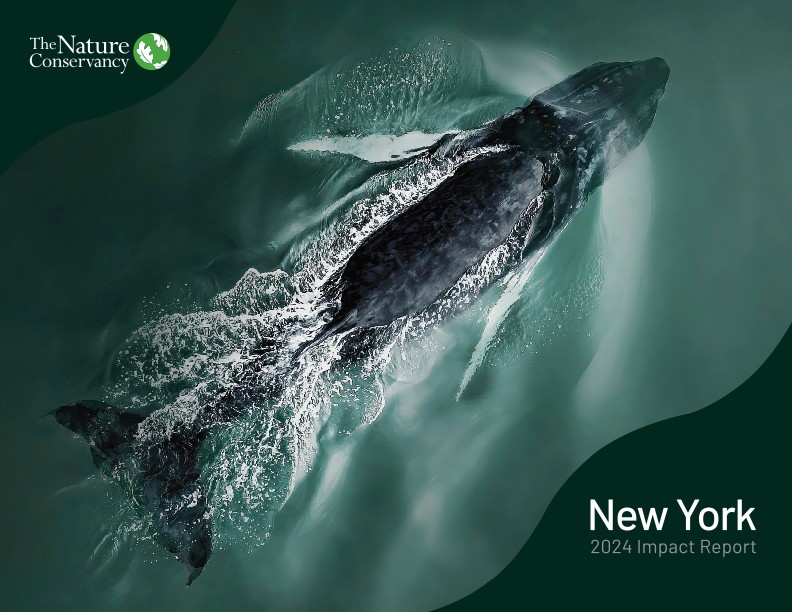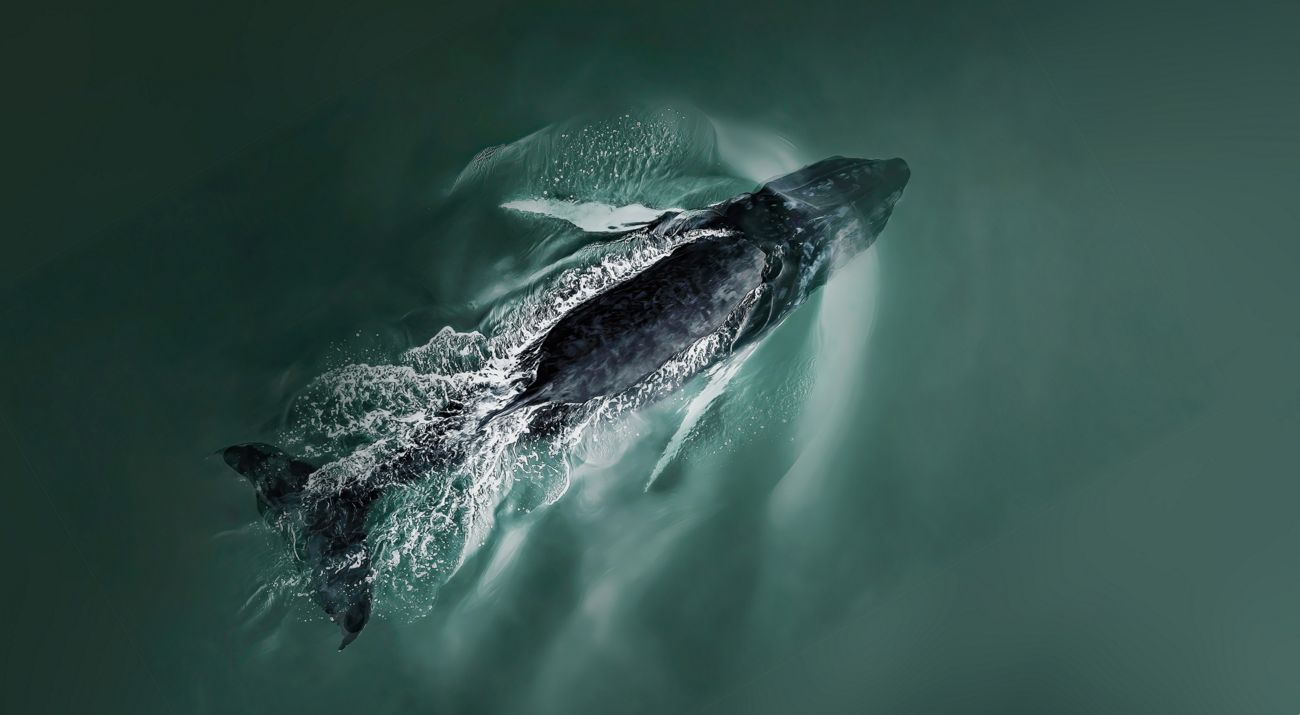
Our 2024 Impact: Achievements and Insights
With your support, we’re creating a livable climate, healthy communities and thriving nature for all.
Thanks to your support, 2024 was a remarkable year for The Nature Conservancy in New York. In these critical times, we are steadfast in our commitment to create a livable climate, healthy communities and thriving nature. We continue to work as a collaborative, nonpartisan organization driven by science and leading the way for a resilient future.
These achievements are monumental and remind us of the incredible power we have when we work together. Thank you for making a real difference.
Check out our full 2024 Impact Report here.

Climate
-
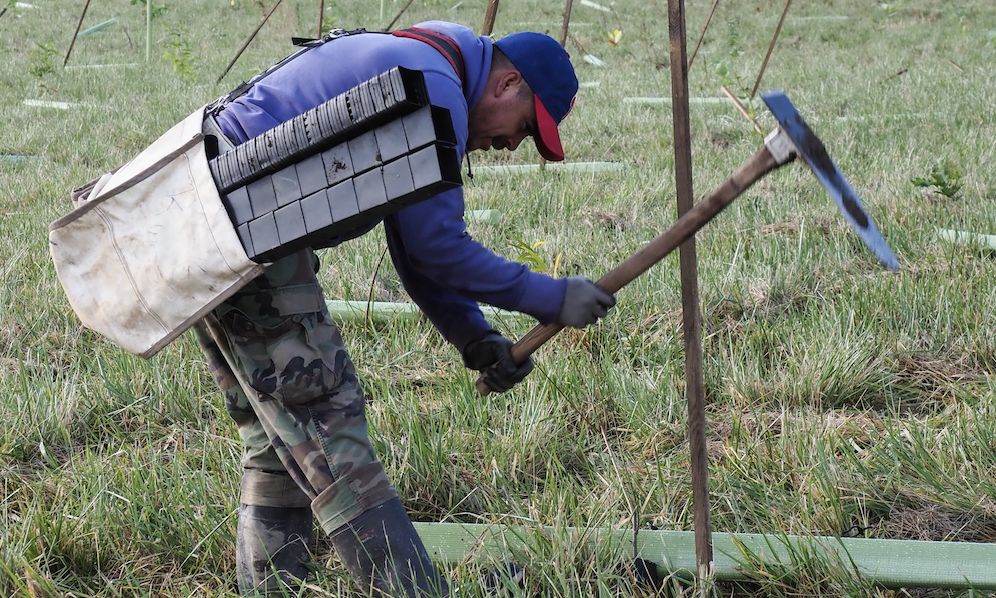
Accelerating Reforestation to Absorb Carbon
We’re harnessing the power of trees for the benefits they provide including their unmatched ability to cool our planet. We’re jump-starting tree planting and scaling up this work across New York and piloting a model that could help nationally. See How We’re Restoring Forests Across the U.S.
-
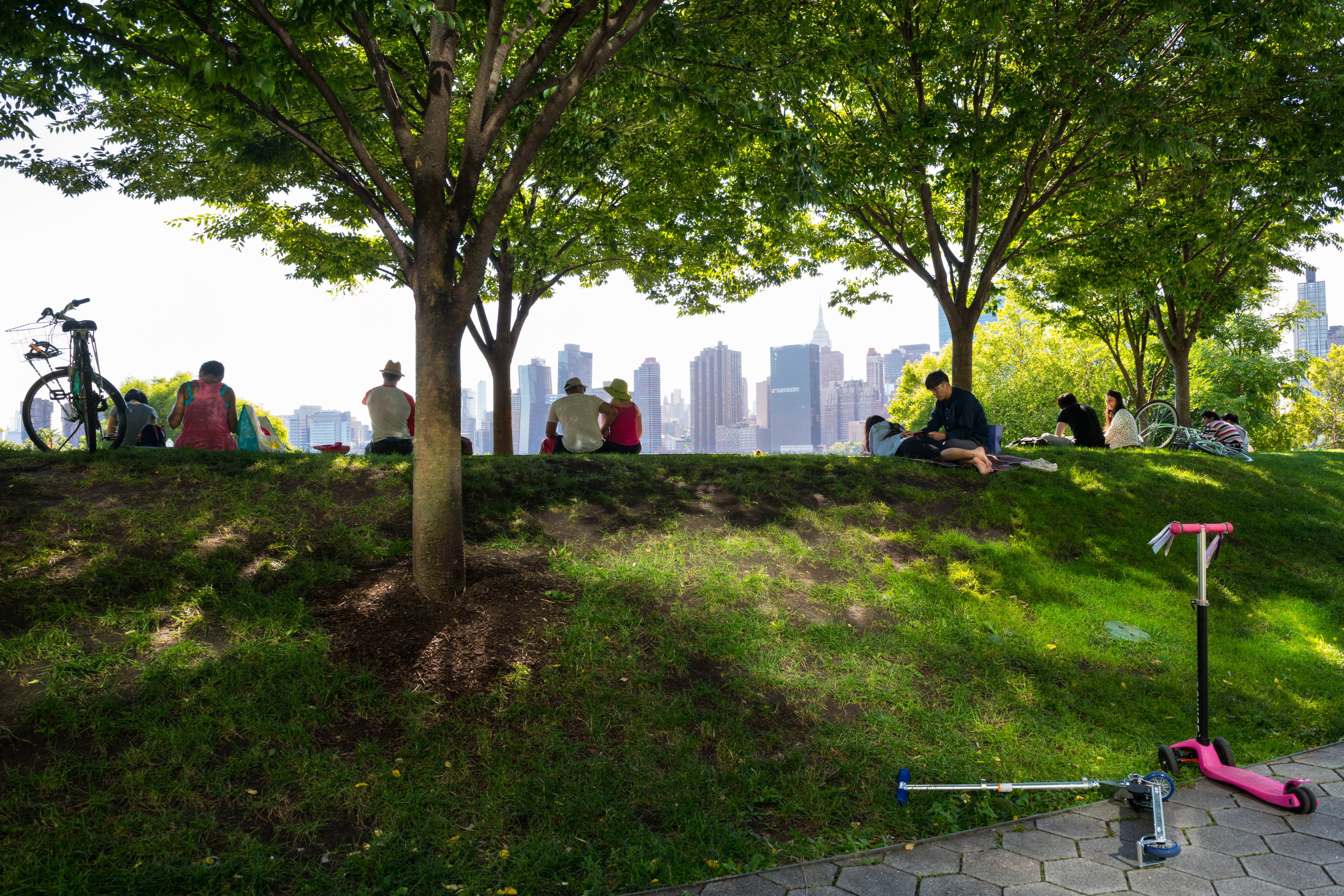
Growing a Greener, Climate-Ready New York City
The New York City urban forest is key to the city’s health. We are achieving a more expansive, equitable urban forest for all by convening Forest For All NYC, a 160+ member coalition, and helping the city reach its 30% canopy cover by 2035 goal. See How We’re Protecting and Expanding the NYC Urban Forest
Land
-
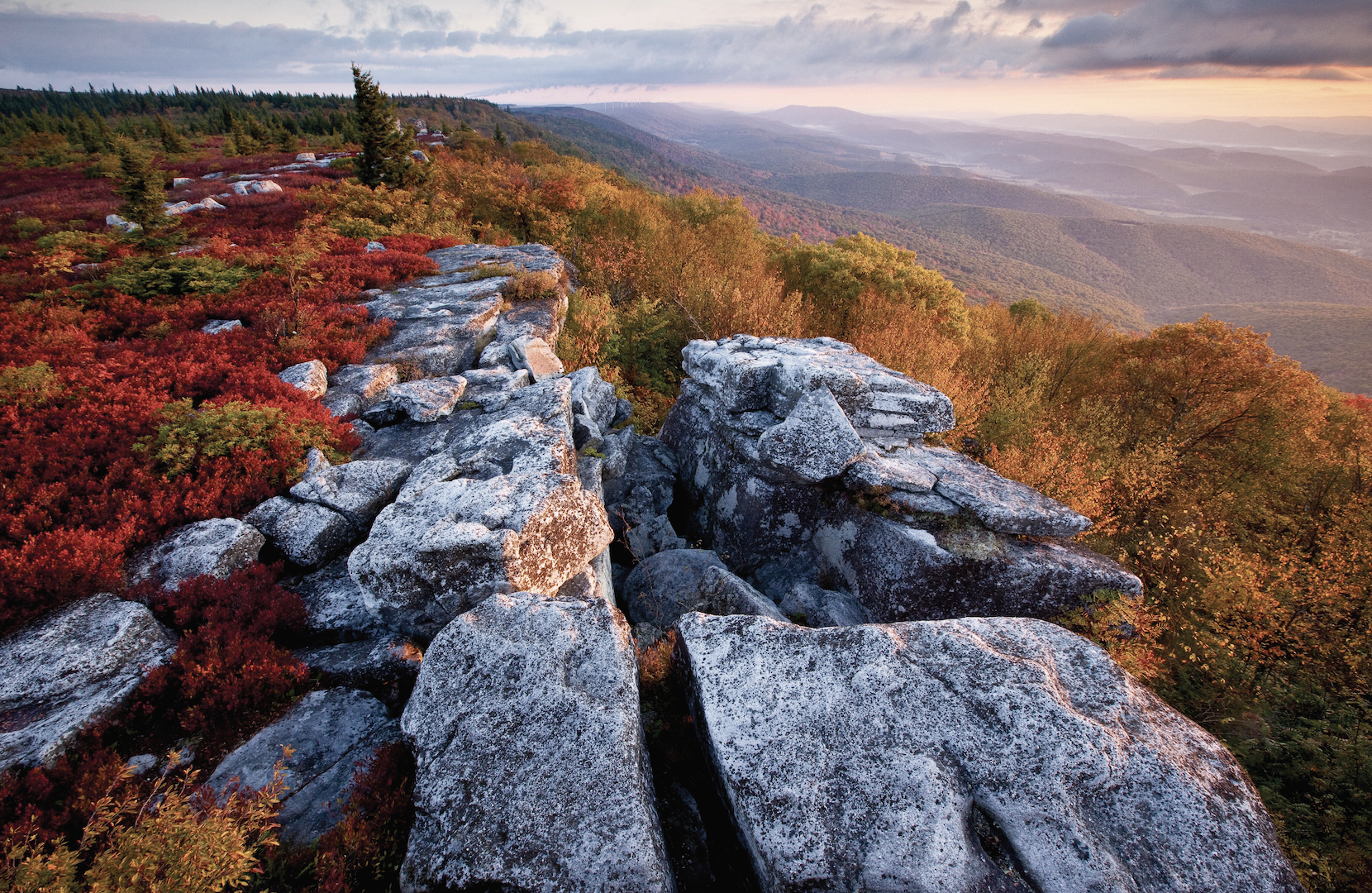
Appalachian Vision: Conservation on a Continental Scale
In the vast Appalachians, we are tackling climate change, conserving a connected network of climate-resilient lands and waters to protect biodiversity, and supporting community resilience for today and for generations to come. Learn How We’re Conserving This Critical Mountain Chain
Ocean
-
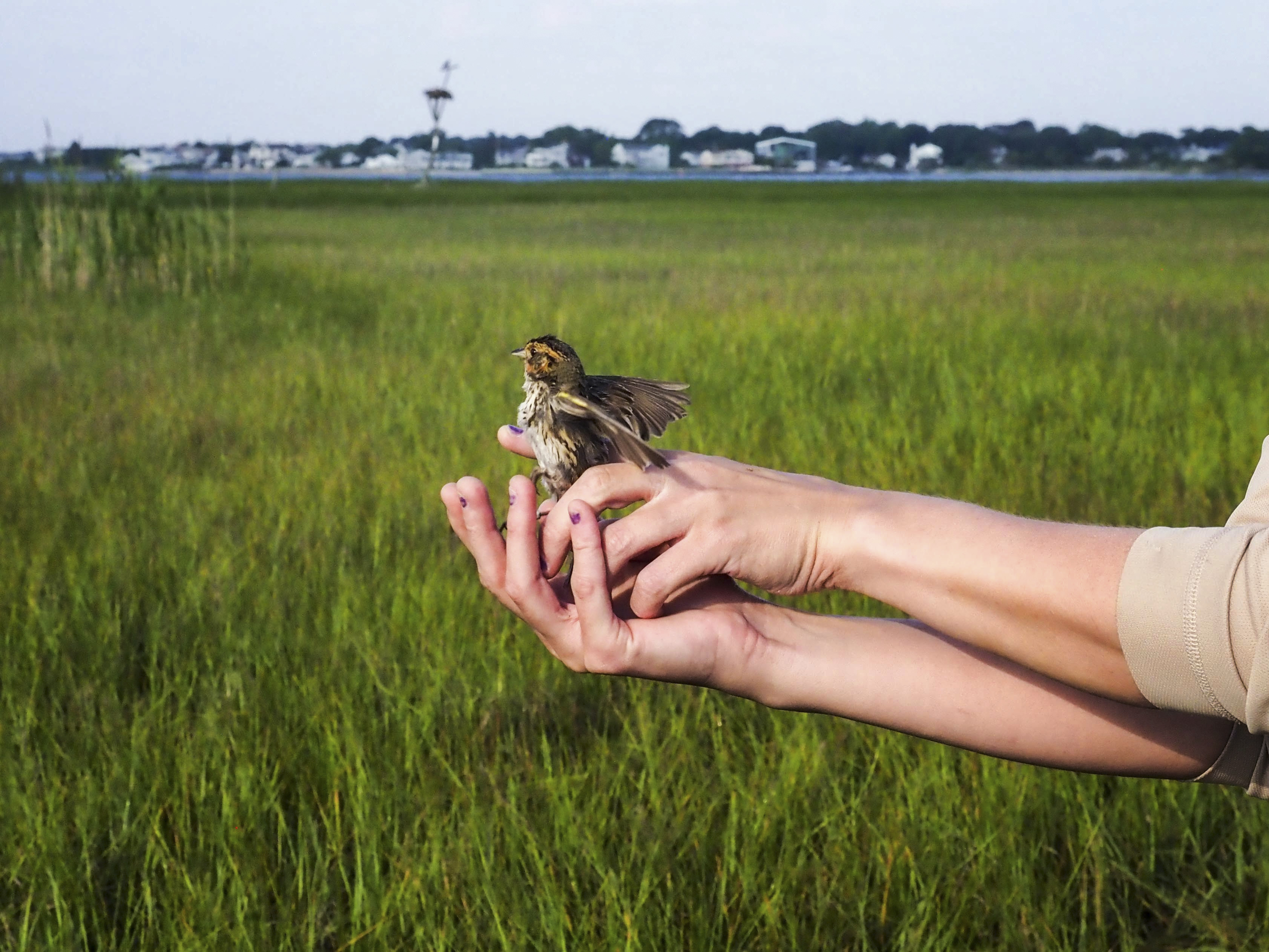
Saving Coastlines and Communities
We’re making major strides in protecting and restoring New York’s coastline. By repairing degraded salt marshes and seagrasses, we can help communities mitigate future flooding risks. Learn How Salt Marshes Buffer Rising Sea-Levels
Fresh Water
-
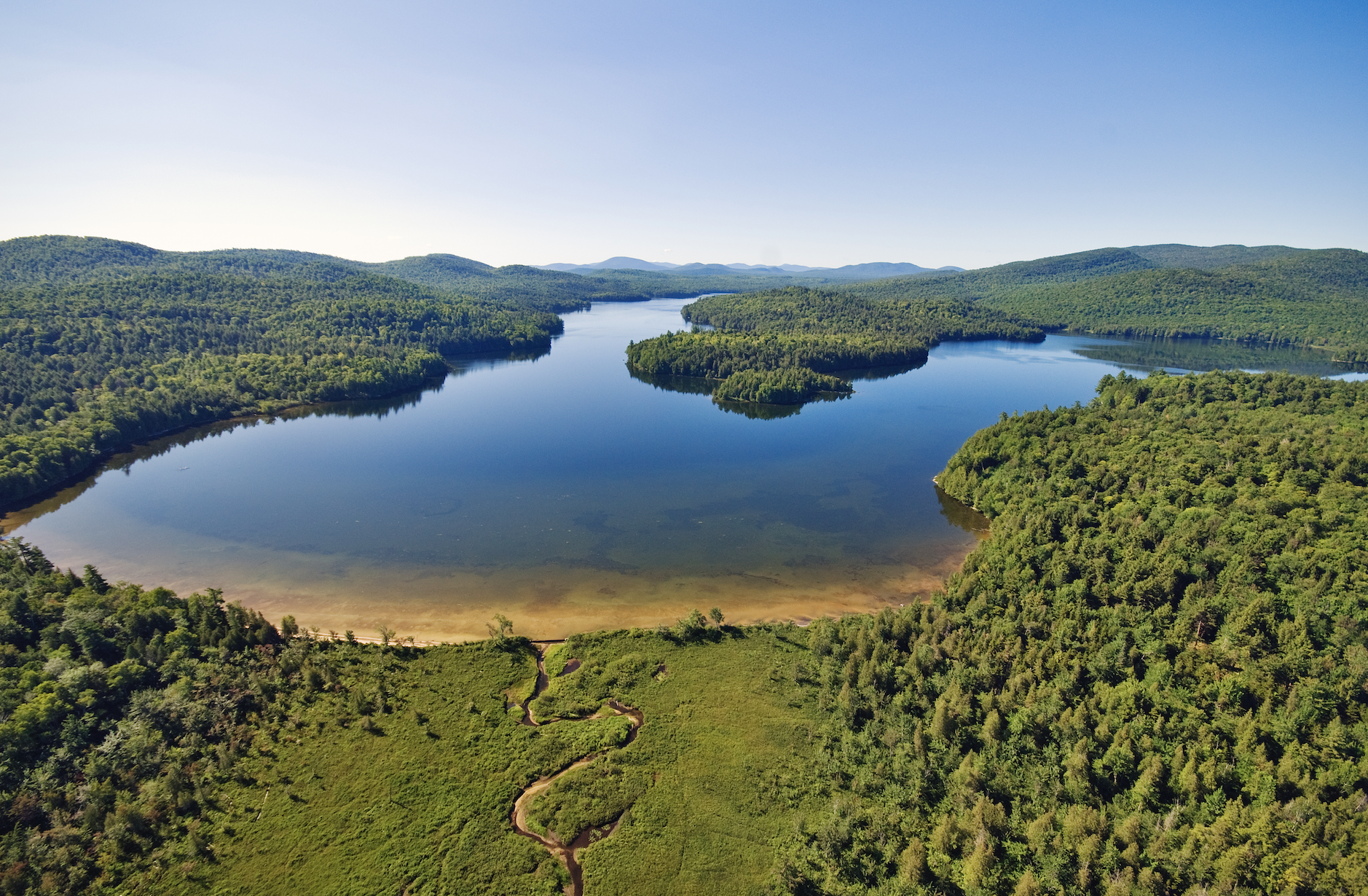
Protecting Follensby Pond Through a Historic Deal
Thanks to the extraordinary commitment and unwavering dedication of supporters like you, we have achieved lasting results with far-reaching impacts by conserving the extraordinary 14,600-acre Follensby Pond, nestled deep in the Adirondacks. Learn More About the Future of Follensby
People
-
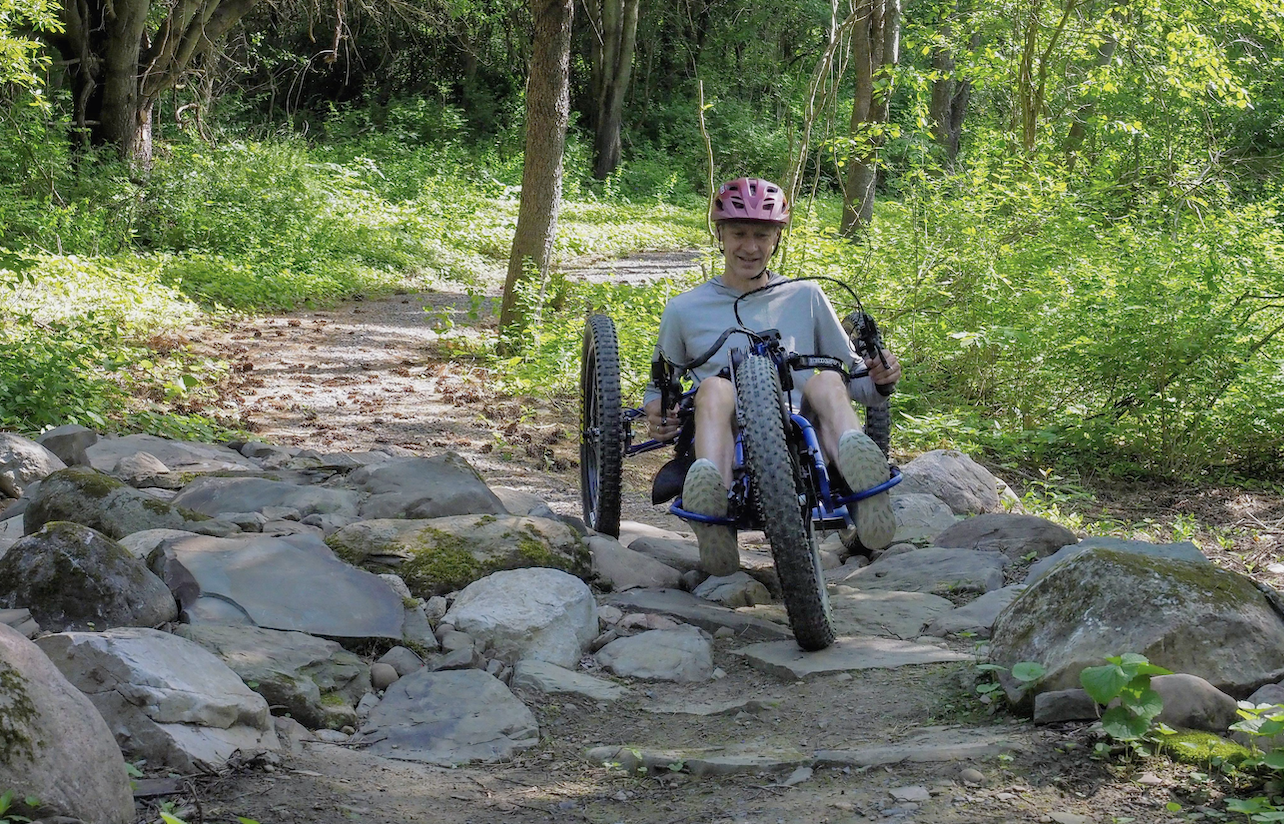
Making Nature Accessible to More People
We’re helping people of all abilities and experience levels get into nature by adding accessible infrastructure and shared-use trails to our preserves. We’re learning from and working with community groups to break down barriers for more people. Explore Our Accessible Trails in New York
Policy
-

Achieving Policy Wins for Nature
Our policy team consistently delivers key legislative wins. We helped secure record funding for conservation this year and defeated proposals that would have diverted environmental funding and reduced the budget for clean water projects by half. Check Out Some of Our Statements From The Year
-
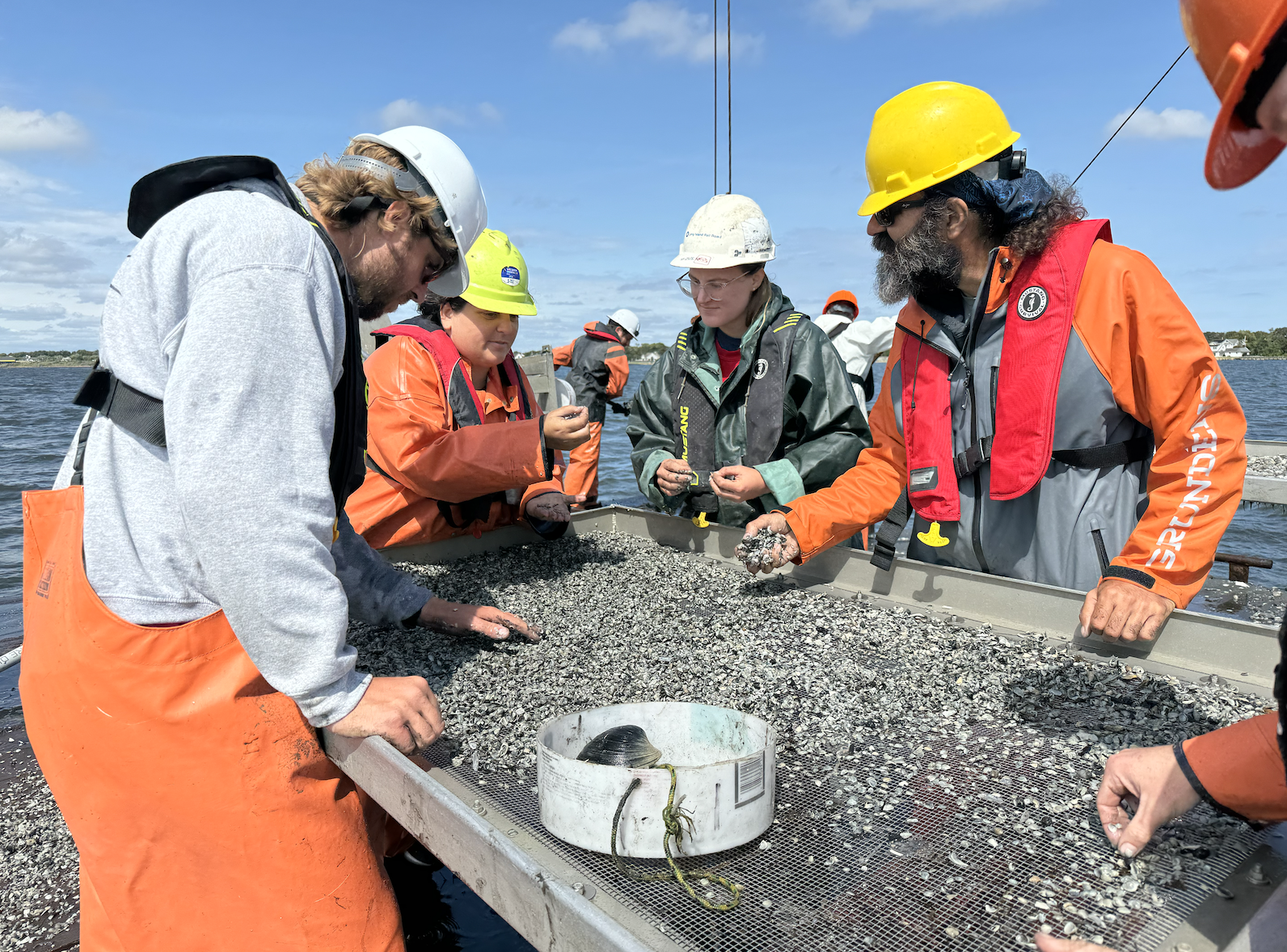
Charting a Course for Clean Water
Our efforts to restore clean water have yielded tremendous results. This Election Day, we led and won a landmark policy referendum that will unlock $6 billion for clean water and conservation in Suffolk County, Long Island. Learn How We’re Working Toward a Future with Clean Water
A Closer Look
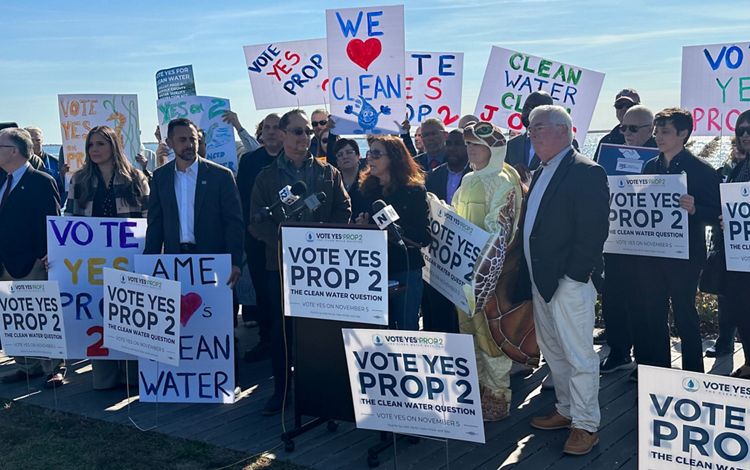
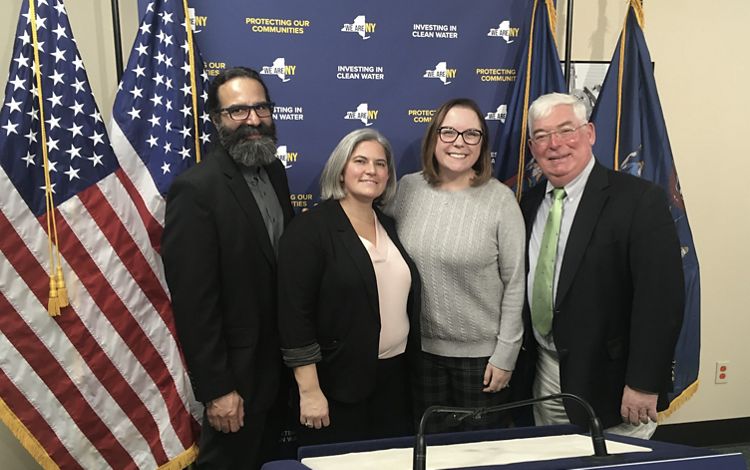

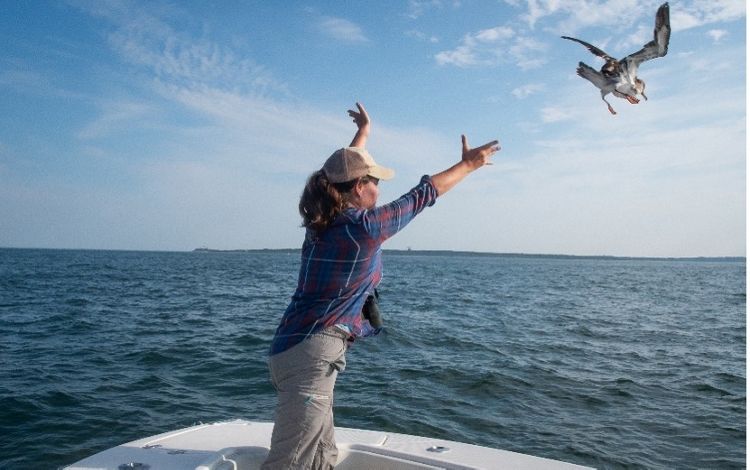

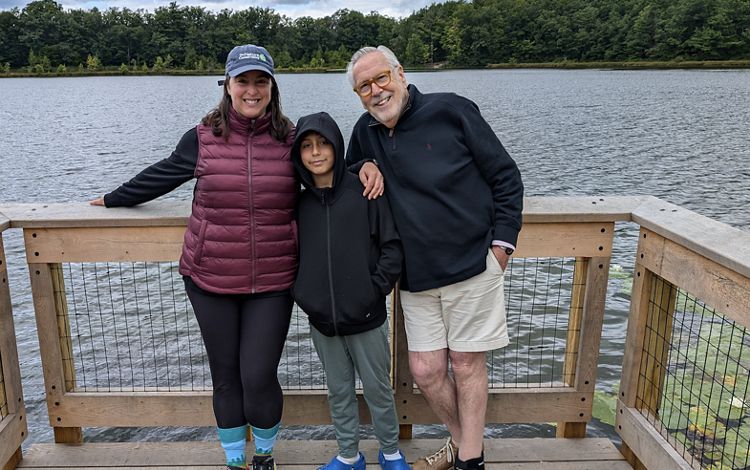
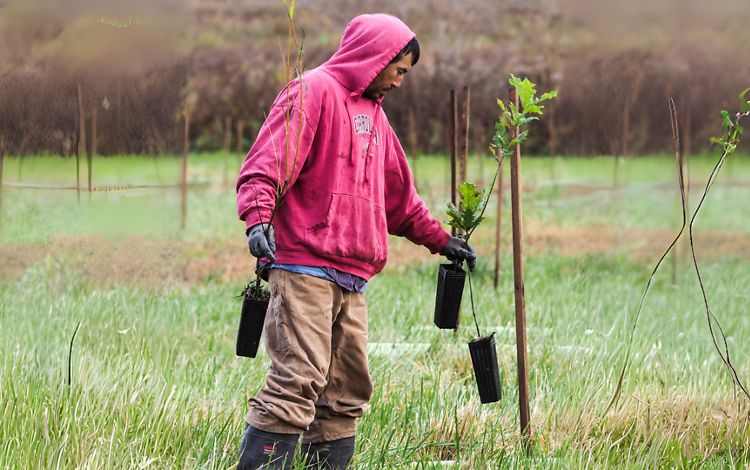
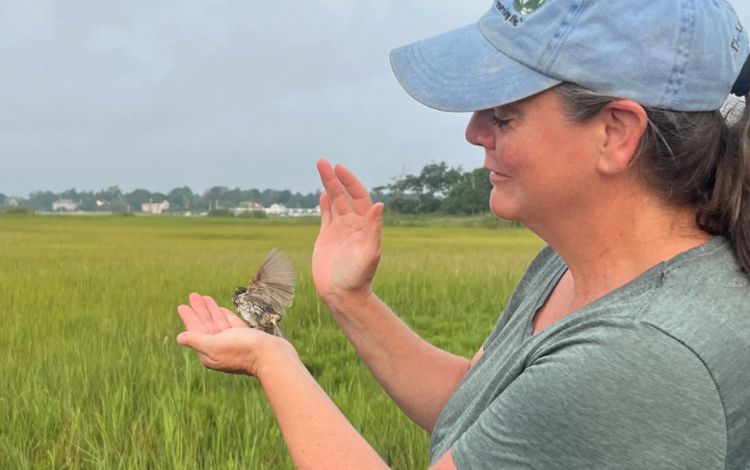
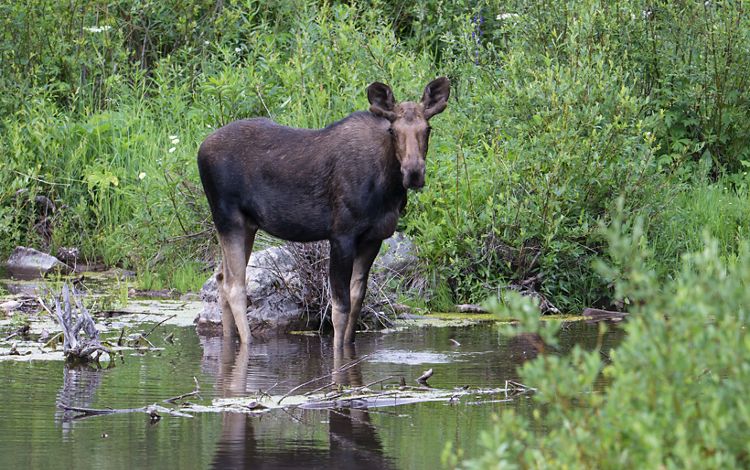
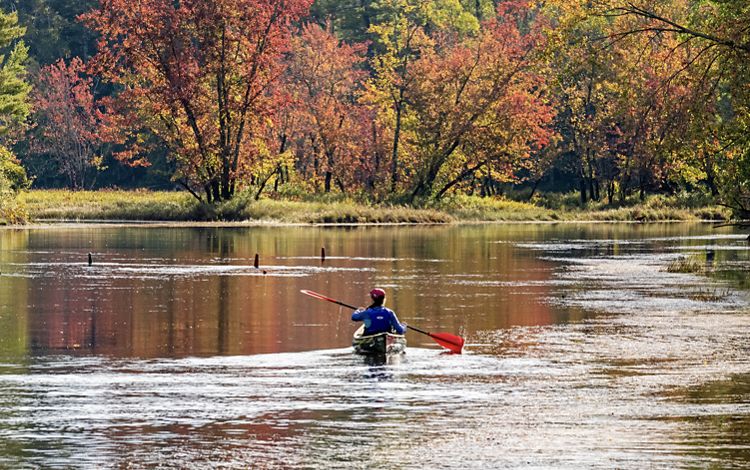
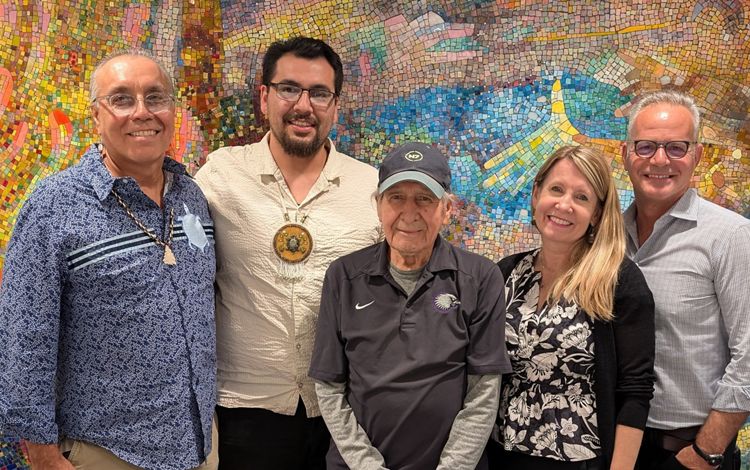
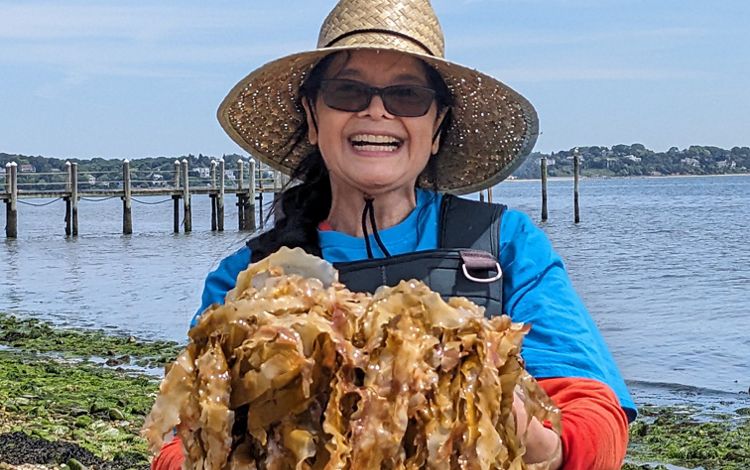


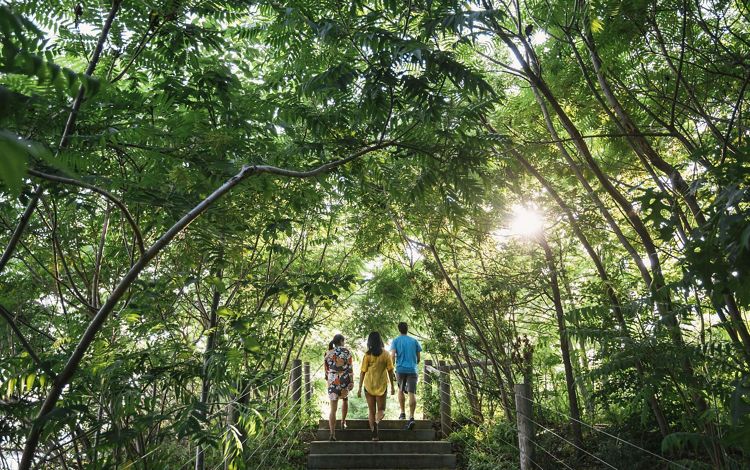
Together, We Find A Way
The Nature Conservancy has set the biggest, most ambitious goals in our history to create a livable climate, healthy communities and thriving nature. In New York, we’ve worked relentlessly—for 70 years—to build the foundation needed to lead in this critical moment. We’re integrating policy, data, social science, economics and innovation into our work across five key areas: climate, land, ocean, fresh water and people. And we’re not doing it alone. We’re listening to Indigenous leadership and frontline communities, forging approaches based on science, Traditional knowledge and our values. We’re leaning into our strength as a convener and collaborator, activating the forces of our innumerable partners.
Protect
Habitat loss has contributed to a 70% decline in wildlife populations since 1970. With your help, we will conserve, steward, restore and connect important lands, waters and wildlife habitat, including the globally unique Appalachian region, where we’re creating resilient corridors for wildlife, helping communities prepare for climate change, and generating new jobs and recreation opportunities.
Provide
Vibrant farms, healthy fisheries and clean fresh water are critical to New York economies and ways of life. On Election Day, Suffolk County voters secured a monumental victory for clean water by overwhelmingly passing a local ballot initiative that generates billions of dollars to modernize local wastewater infrastructure and protect nature. We look forward to helping to implement this initiative, which will help bring back clean water and the island’s once bountiful shellfish, seagrasses, salt marshes and wildlife.
Tackle
There is no challenge more urgent than climate change. What we do now will determine whether we can slow warming enough to avoid its worst impacts. With your help, we will harness the power of New York’s forests, farms and coastal habitats to combat climate change. This includes massively scaling up reforestation—planting 25 million trees by 2033—to help meet New York’s ambitious net zero climate goals.
Help Us Conserve Nature
From the sandy shores of Long Island to the forested peaks of the Adirondacks to the gorges and Great Lakes of Western New York and everywhere in between, The Nature Conservancy is working to protect the lands and waters on which all life depends.
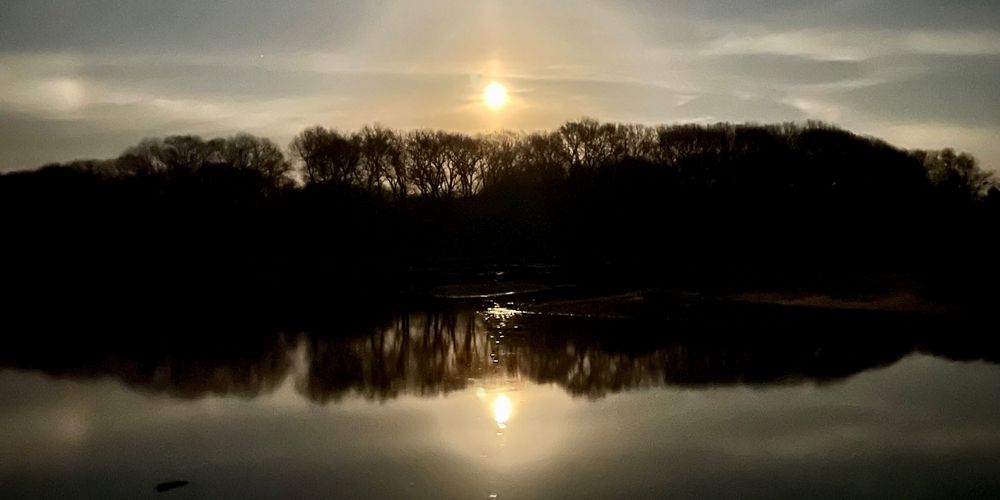
Download
Join Our Newsletter
Sign up to receive monthly conservation news and updates from New York.
